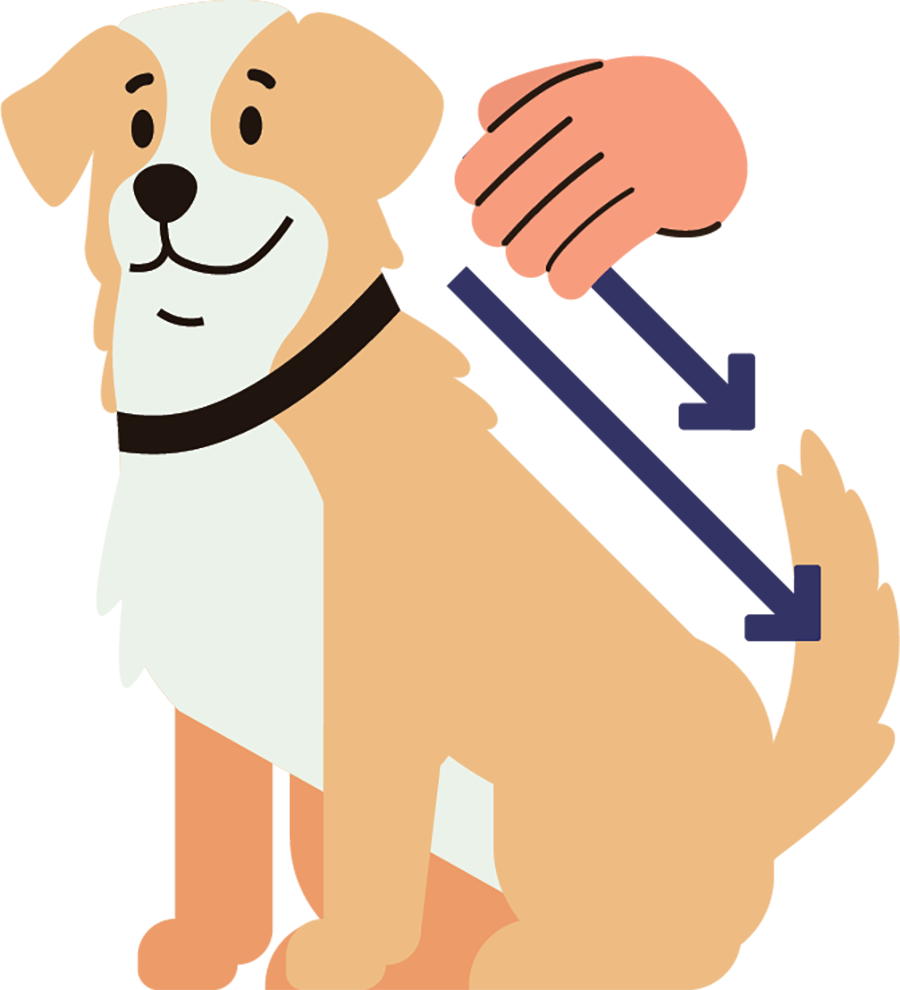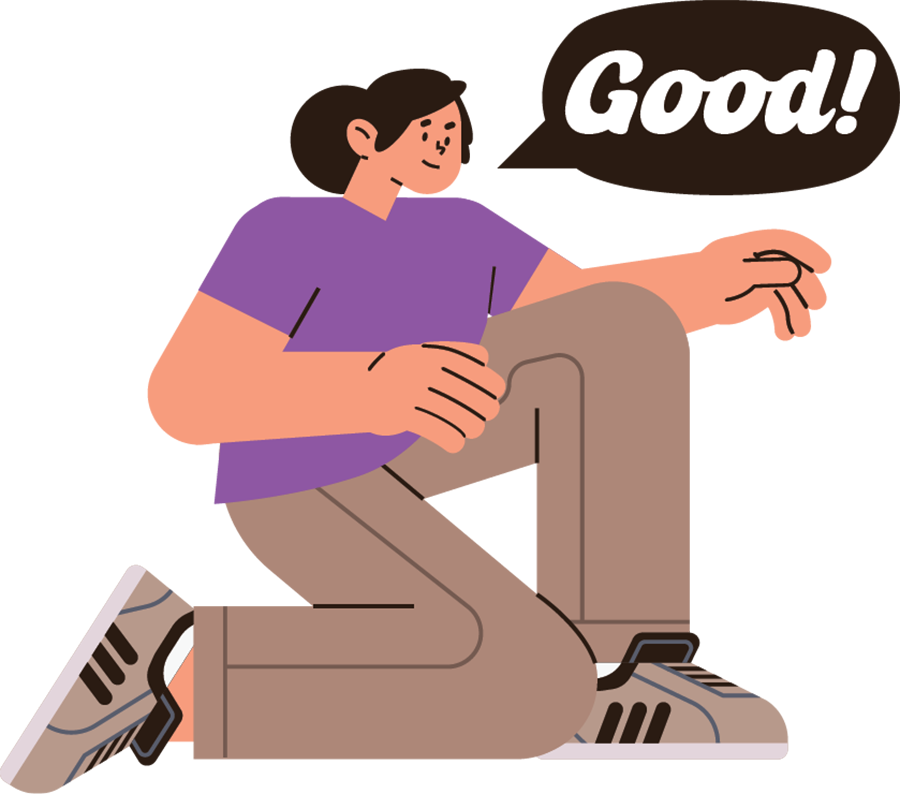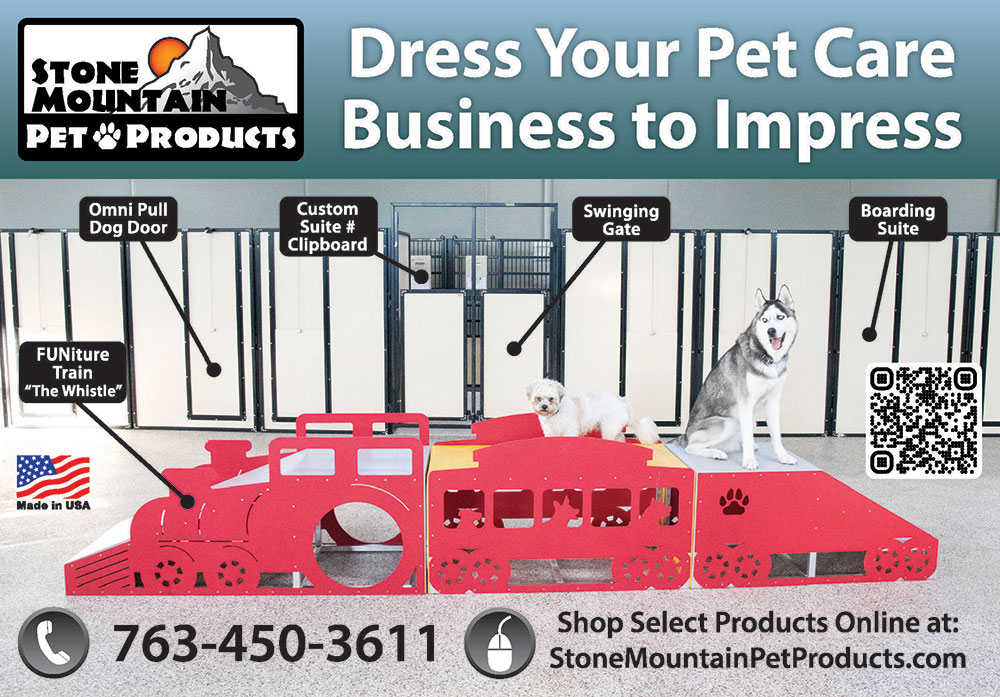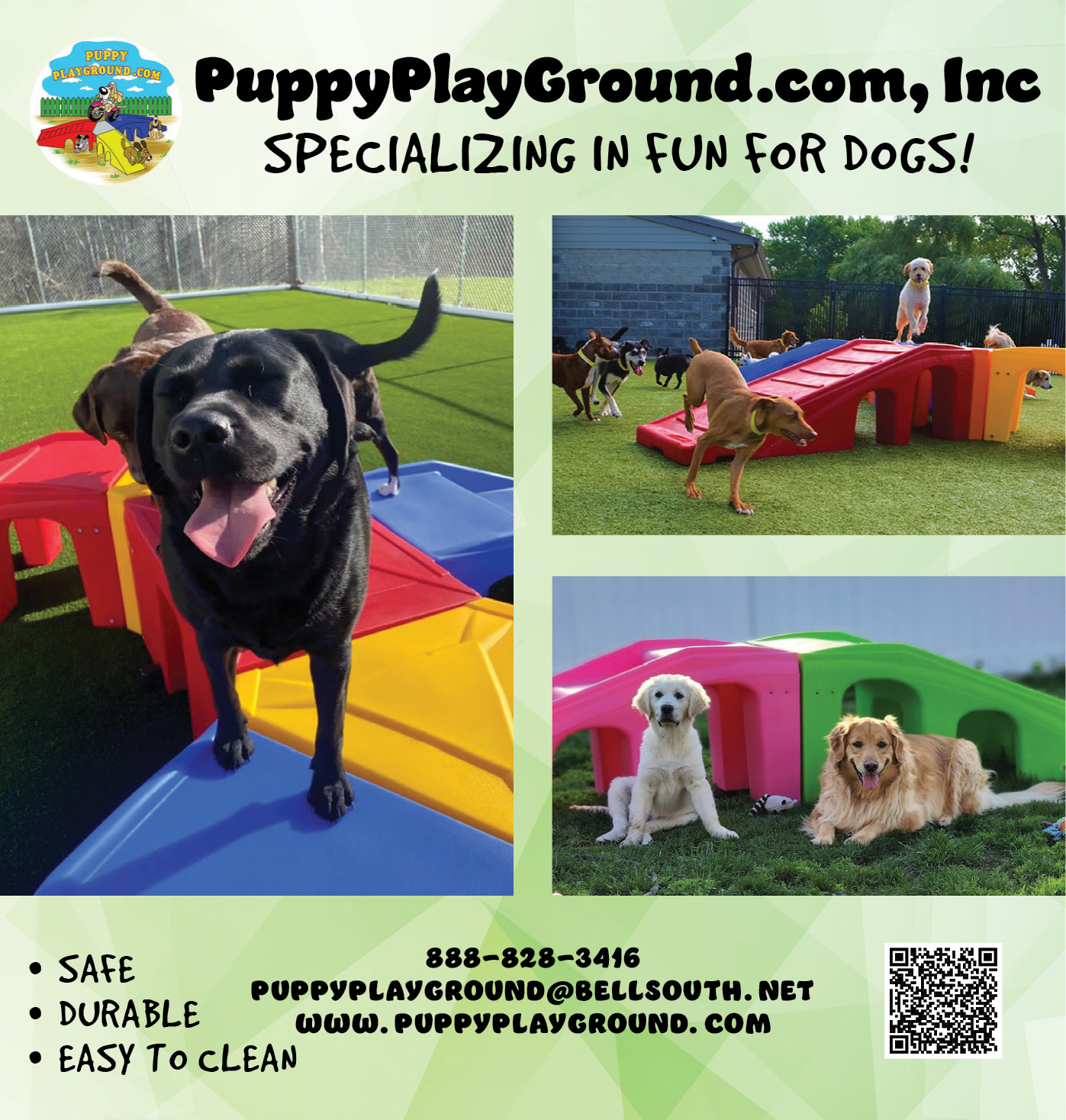Animal Behavior



By Eve Molzhon
 og daycare environments are bustling hubs of activity where our canine friends engage in play, exercise and socialization. While dog daycare offers a fun and stimulating experience for dogs, the importance of building strong relationships within the daycare setting cannot be overstated.
og daycare environments are bustling hubs of activity where our canine friends engage in play, exercise and socialization. While dog daycare offers a fun and stimulating experience for dogs, the importance of building strong relationships within the daycare setting cannot be overstated.
One powerful and simple approach to build relationships and enhance these connections with our canine guests is the “good” technique. This is where dog handlers purposefully touch each dog three times, accompanied by positive reinforcement, therefore fostering a training relationship that benefits both parties and the overall playgroup dynamic.



In dog daycare, building relationships is at the heart of creating a positive and enriching experience for our canine companions. This “good” technique provides a simple yet powerful tool for dog handlers to establish strong connections with each dog in their care.
Through purposeful touches and positive reinforcement, this approach not only enhances individual relationships, but also contributes to a cohesive and well-behaved group dynamic within the daycare setting. As we prioritize building these bonds, we create a space where dogs feel secure, loved and ready to thrive.
Eve Molzhon is the creator and owner of Dog Handler Academy. Dog Handler Academy is a 100% online, automated employee training program designed specifically for dog daycares and boarding facilities. Our real-life daycare videos and online quizzes fast-track your new hires into understanding dog handling and care, saving you time and money. Courses cover basic and advanced dog handler skills, social cues and safety, client relations, and more. The mission of Dog Handler Academy is to provide employers training new hires with comprehensive material in a cost-efficient, consistent, and effective program. Our end goal is to create better handlers within our industry to ensure the proper care of animals.

